Ammonites
The Ammonite is an extremely well known fossil, almost everyone recognises the unusual twisted curves of this ancient animal.
These spiralling fossils are found in every continent on Earth, with many, many species discovered. Their prolific and varying nature leads to some affordable specimens for collectors.
Showing all 12 results
-
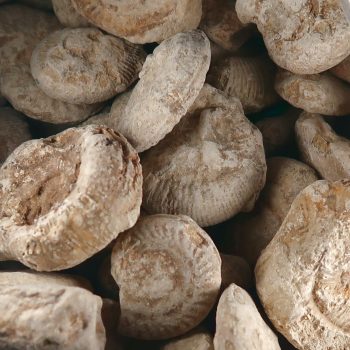
Budget British Ammonites
£6.50 -
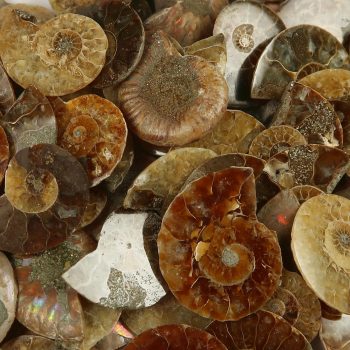
Cut and Polished Ammonites
Price range: £2.00 through £4.00 -
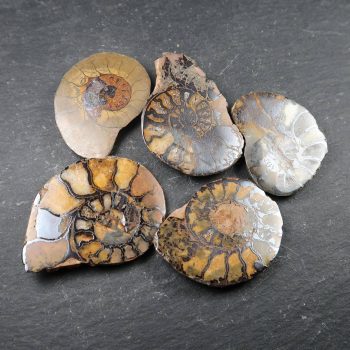
Hematite Filled Ammonite Halves
£6.50 -
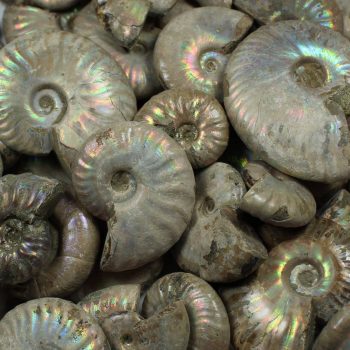
Iridescent Ammonites
Price range: £2.50 through £5.00 -
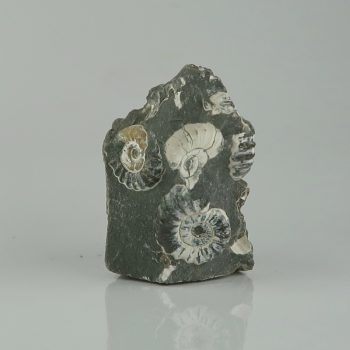
Marston Marble Specimens
Price range: £10.00 through £20.00 -
Sale!
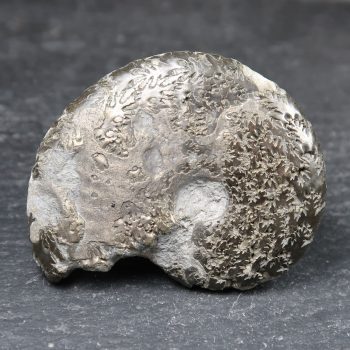
Oxynoticeras Ammonites
Price range: £10.00 through £35.00 -
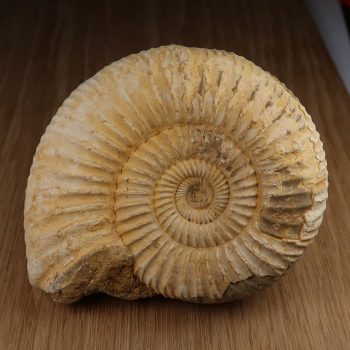
Perisphinctes Ammonites
Price range: £1.00 through £5.00 -
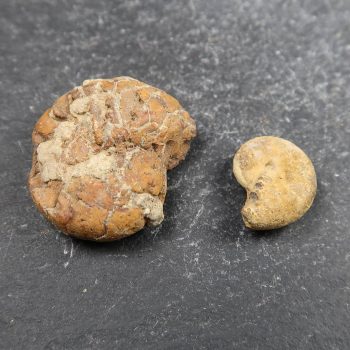
Phylloceras Ammonites
Price range: £1.65 through £2.55 -
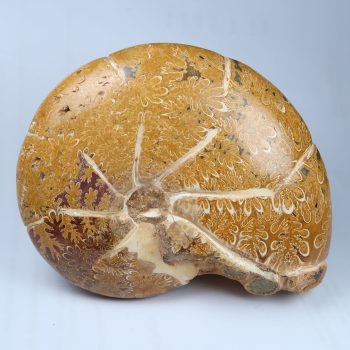
Phylloceratid Ammonites (Polished)
£34.95 -
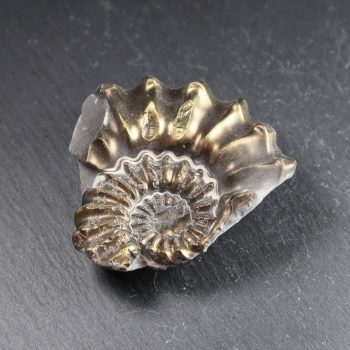
Pleuroceras Ammonites
Price range: £4.00 through £10.00 -
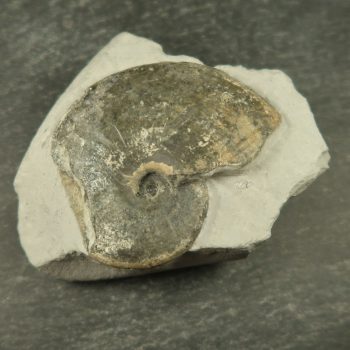
Tragophylloceras Ammonites
£19.95 -
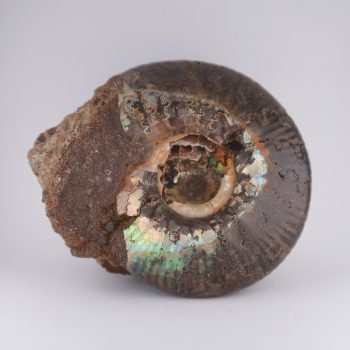
Unidentified Ammonites
£15.00
About Ammonites
Ammonites are one of the easiest fossils to recognise. They were predatory creatures living inside coiled shells, similar to modern day nautiloids and molluscs. The name Ammonite derives from the Greek god ‘Ammon‘, a ram-horned God.
Ammonites had sharp jaws which extended from inside their shells and helped to net them prey – typically smaller fish and crustaceans. They moved by taking water in, and expelling water in the opposite direction to push themselves forward.
The smallest Ammonites I’ve ever seen measured 2-3MM across, likely infants – the largest known were more than two meter wide! That size would be considered an outlier in terms of the family.
Ammonites first appeared around 240 million years ago, and were extremely prolific – they are among the most common fossils to find today. They died out 65 million years ago, during the KT extinction.
Ammonites are used by geologists and palaeontologists as an index fossil, for biostratigraphy purposes. Essentially what this means is that the presence of a certain species can be used to date certain rock layers!
Some Ammonites may have their outer shell preserved – but not all do. This leads to a wide variety of surfaces in Ammonites – some are iridescent, some are smooth, some have suture marks. Gem quality iridescent material is known as ‘Ammolite’.
Amongst the most well known fossil locales for Ammonites are several locations in the UK, especially the areas around Lyme Regis, Whitby and the Jurassic Coast.
I’ve included some photos of more unusual Ammonites – including an iridescent specimen, an uncurled one, and a very recent find of an Ammonite encased in Burmese Amber.
Hazards and Warnings
Almost all rocks, minerals (and, frankly, almost all other substances on earth) can produce toxic dust when cutting, which can cause serious respiratory conditions including silicosis.
When cutting or polishing rocks, minerals, shells, etc, all work should be done wet to minimise the dust, and a suitable respirator or extraction system should be used.
Translations
Arabic:
- الأمونيت
Hindi:
- अम्मोनियों
Portuguese:
- amonite
Bengali:
Indonesian:
Punjabi:
English:
Italian:
Russian:
- аммонит
French:
Japanese:
- アンモナイト
Spanish:
- amonita
German:
- Ammonit
Korean:
Thai:
Gujurati:
- એમોનાઇટ
Mandarin and Traditional Chinese:
Urdu:
